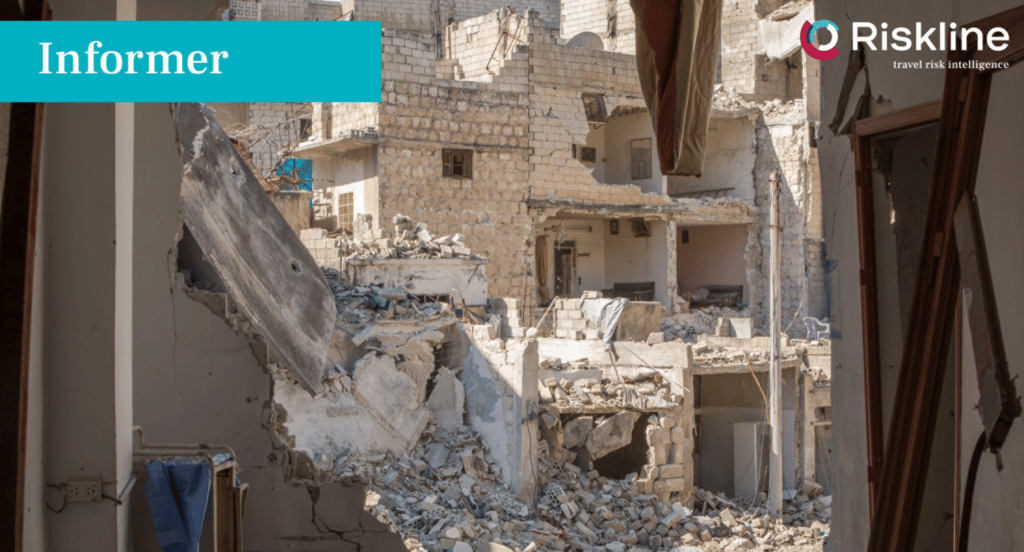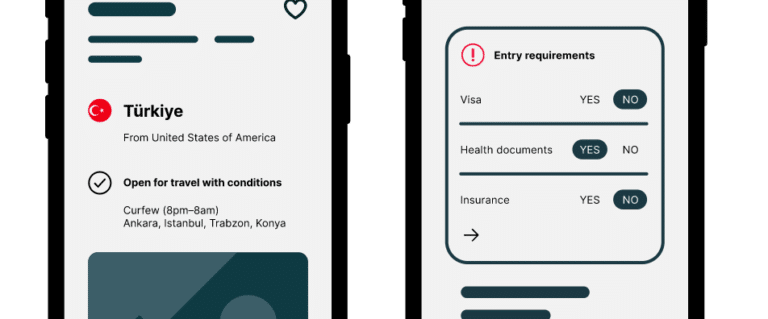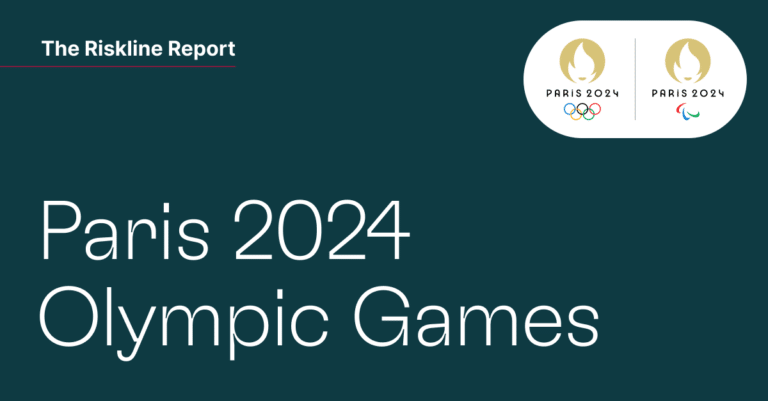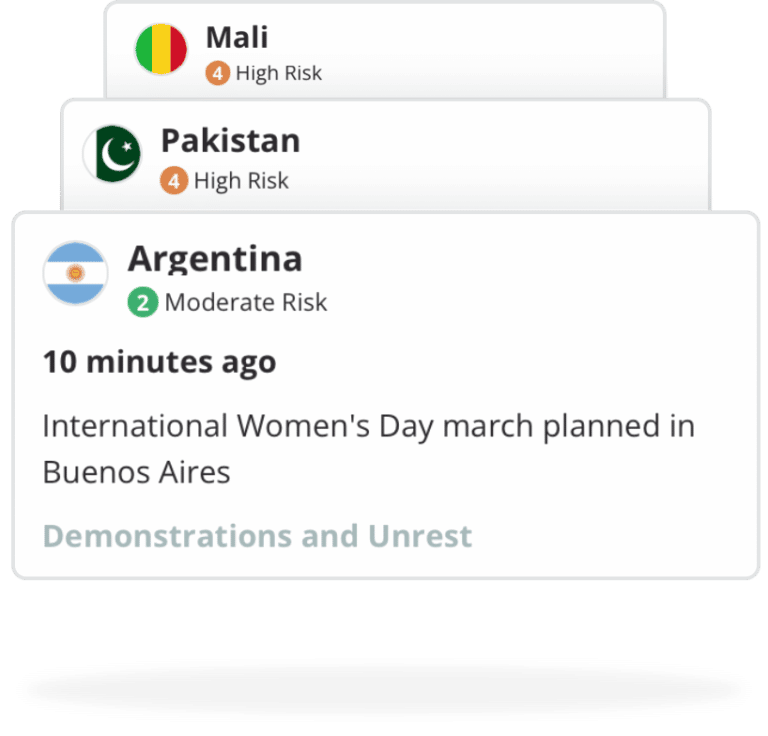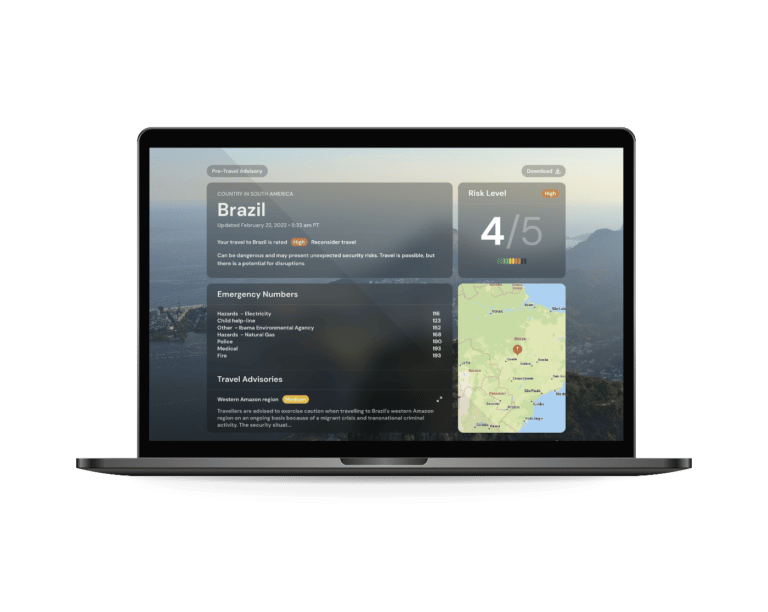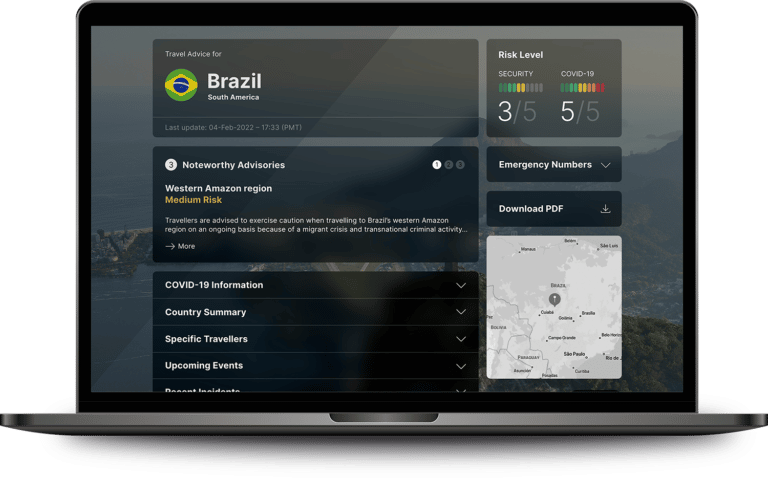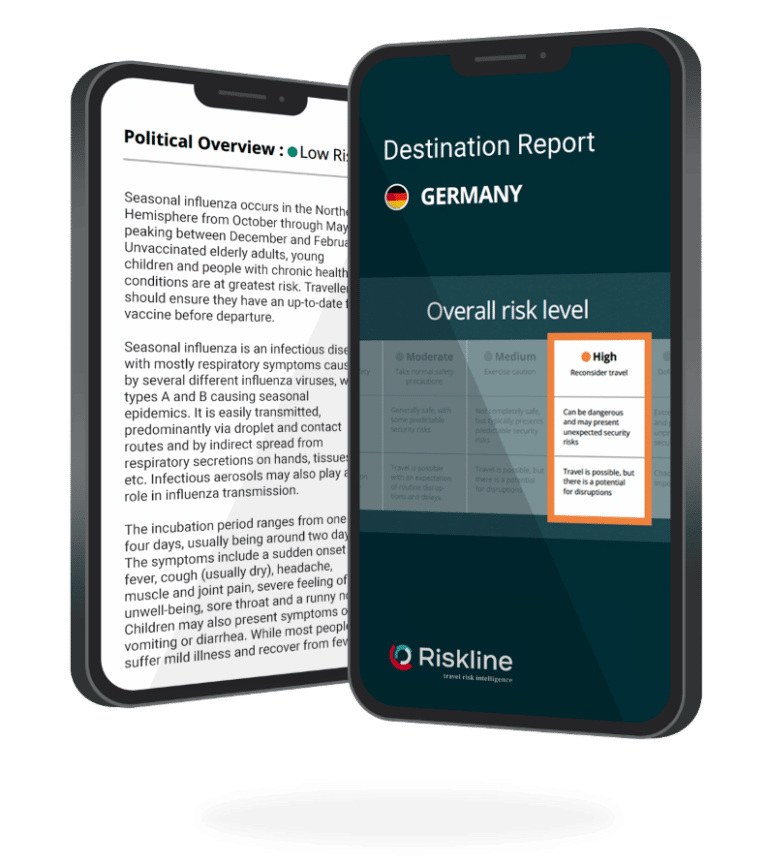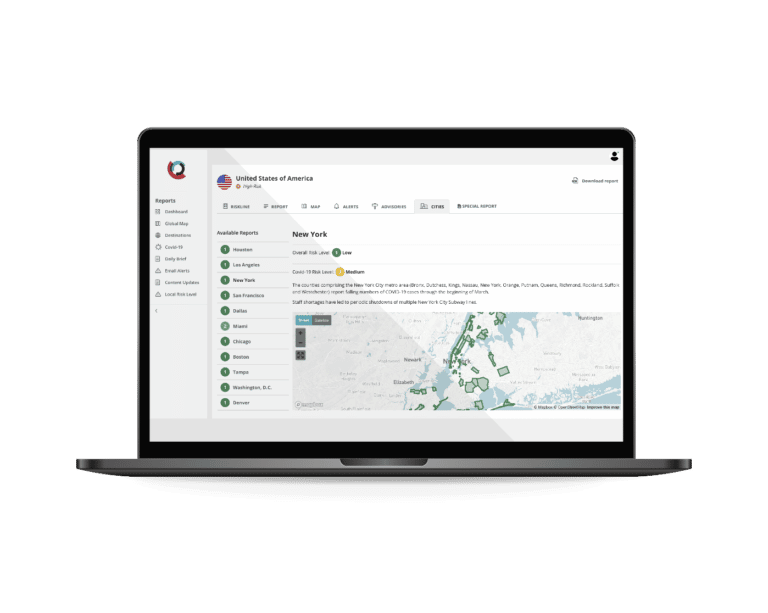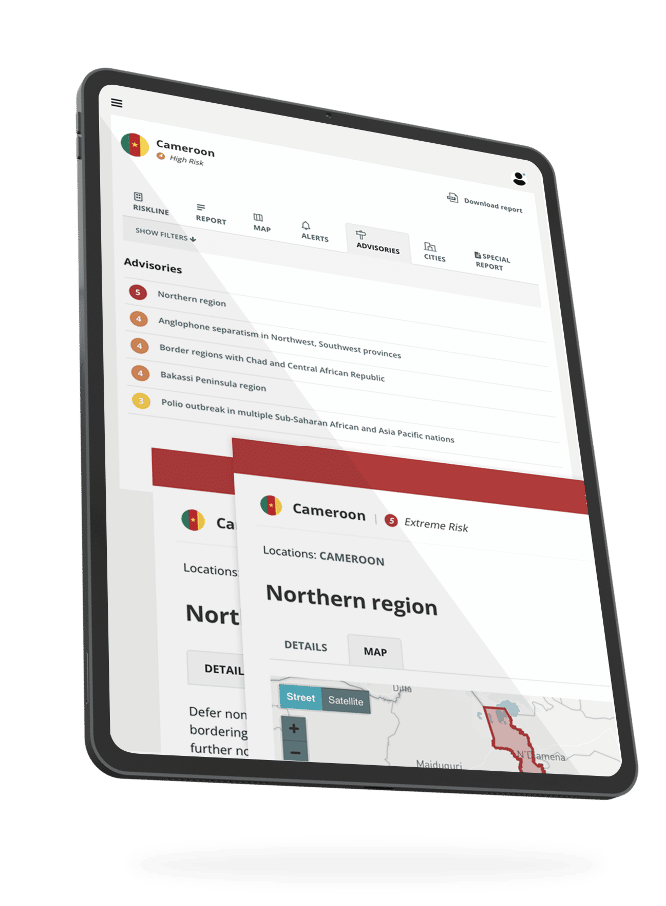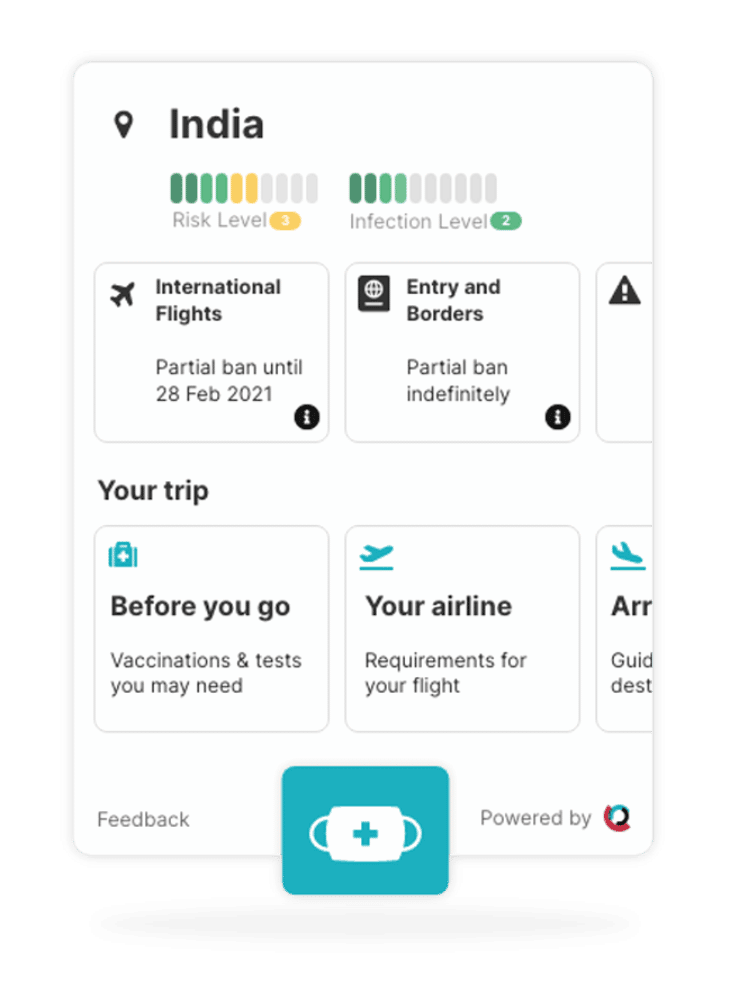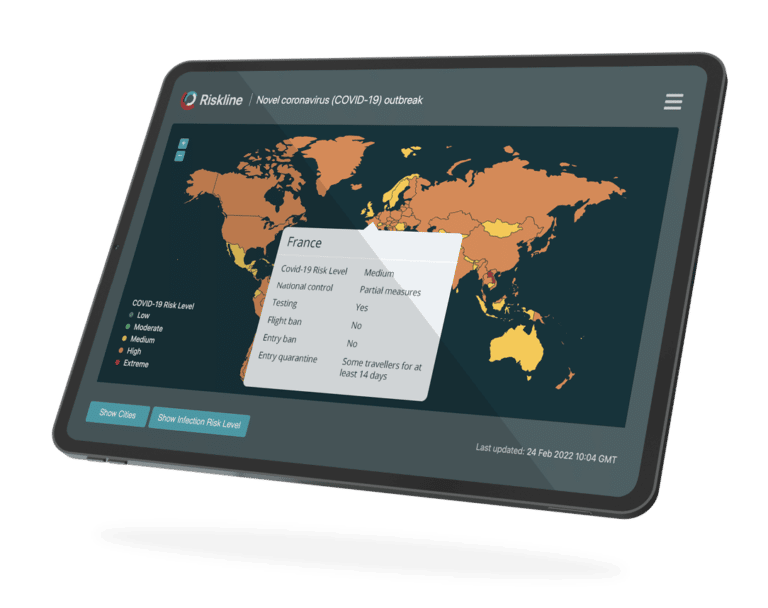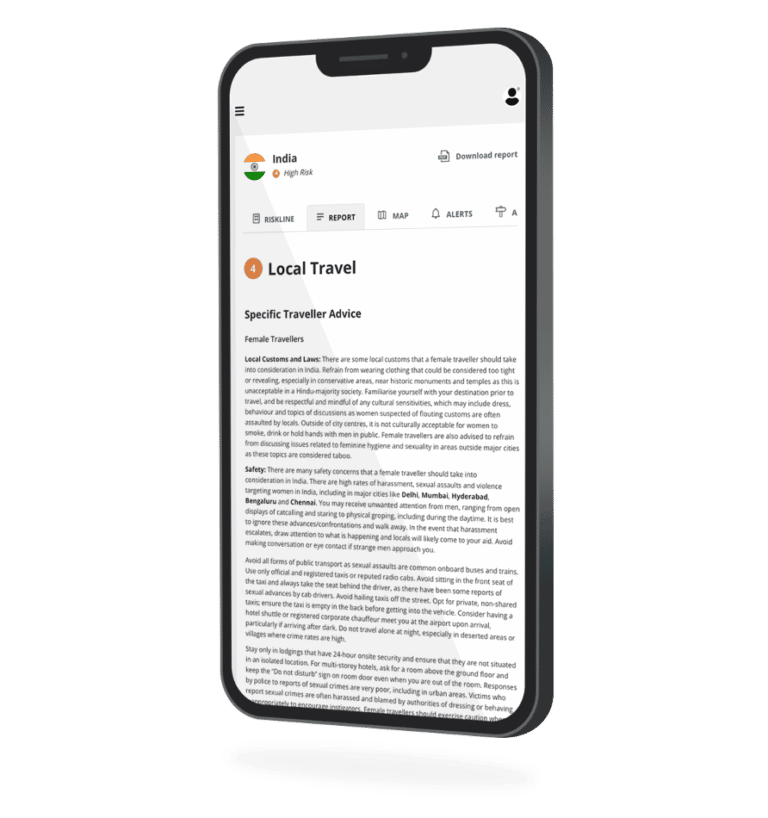Introduction
On 2-3 February, a United States (US)-led military operation in Syria’s northwestern Idlib governorate to capture Abu Ibrahim al-Hashimi al-Qurayshi, the leader of the Islamic State (IS) group, ended in his apparent suicide to avoid capture. On the face of it, the news appeared to help calm international fears of an impending return to power for the group, whose remnants had just executed a brazen multi-pronged attack on a high-profile prison in Syria’s Hasakah governorate that freed at least 400 detained IS cadres on 20 January.
The death of al-Qurayshi during the US-led night raid on his house in the town of Atmeh is no doubt a blow to the group’s morale, but it is unclear if it will significantly disrupt its plans to reconstitute their “Caliphate” in northeastern Syria as very little information is known about how involved al-Qurayshi, who previously organized the ethnic cleansing of the region’s Yazidi minority, was in the planning of current attacks and overall strategy.
Ever since taking over from his more well-known predecessor, Abu Bakr al-Baghdadi, who also killed himself to avoid capture by the US in Syria in 2019, al-Qurayshi maintained a lower profile. Unlike his predecessor, he rarely released audio clips for his followers and never appeared in public. IS also maintains a presence in remote rural areas of neighbouring Iraq but it is unclear to what extent IS cells in both countries coordinate their operations.
Developments in the countryside of northeastern Syria, which is under the control of the Kurdish Syrian Democratic Forces (SDF), offer little reason for optimism. In recent months, IS remnants regained momentum and expanded their use of small-scale attacks against locations and facilities of the SDF, whose leaders have been publicly calling for further assistance from the US and other Western powers in staving off a possible comeback for the group.
Plan of Attack and Revival
The most significant move by the group thus far, the 20 January attack on the SDF-controlled al-Sina’a prison is particularly concerning as the group has previously relied on prison breaks to rebuild their ranks and restock weapons supplies to retake territories lost in their defeat in Syria and Iraq following a US-led campaign in 2017-2018.
Western leaders, along with the SDF, are also concerned about the level of sophistication demonstrated in the attack. It began with a truck bomb, which was followed by the deployment of fighters around the facility. Many of the fighters wore military fatigues similar to those worn by the SDF in a successful effort to confuse Kurdish security forces as they arrived on the scene. As the fighters began chasing prison guards and spreading into al-Zuhour and Taqqadum neighbourhoods, other IS fighters launched simultaneous attacks on SDF checkpoints and locations, including the home of an SDF commander, with rocket-propelled grenades and heavy gunfire.
It took the SDF, with aerial and on-the-ground support from the US military, 11 days to put an end to the uprising, which ended with no territorial gains for the group, but killed at least 121 SDF personnel and civilians. SDF forces said at least 374 IS prisoners and fighters were killed in the clashes. The prison held roughly 3,000-3,500 inmates, including 700-800 adolescents; most inmates surrendered or were recaptured following the clashes, but at least 400 remain unaccounted for.
The SDF holds roughly 10,000 IS prisoners, many of whom were key figures in the group, in similar facilities lacking the resources to effectively secure the prisoners. (The al-Sina’a facility was a technical school before being rapidly converted into a prison.) The SDF and Syrian Kurds in general are hostile to the Syrian government of President Bashar al-Assad due to their support for the 2011 Arab Spring revolt and subsequent support for moderate rebel groups in the Syrian Civil War. While they have managed to establish autonomous control over northeastern Syria, their resources are severely limited and US and other Western support has dwindled.
While it is too early to gauge the damage that the escape of those 400 IS prisoners will do to security in the region, it is clear that unless the warning served by the 20 January attack is heeded, SDF prisons remain extremely vulnerable to attack, presenting new opportunities for IS to rebuild itself.
Summary
While the Islamic State (IS) has failed to take and hold new territories or solidify its leadership structure over the past three years, the group’s recent attacks on US allies in Syria underscore its ability to come back from defeat and plan for the future.

